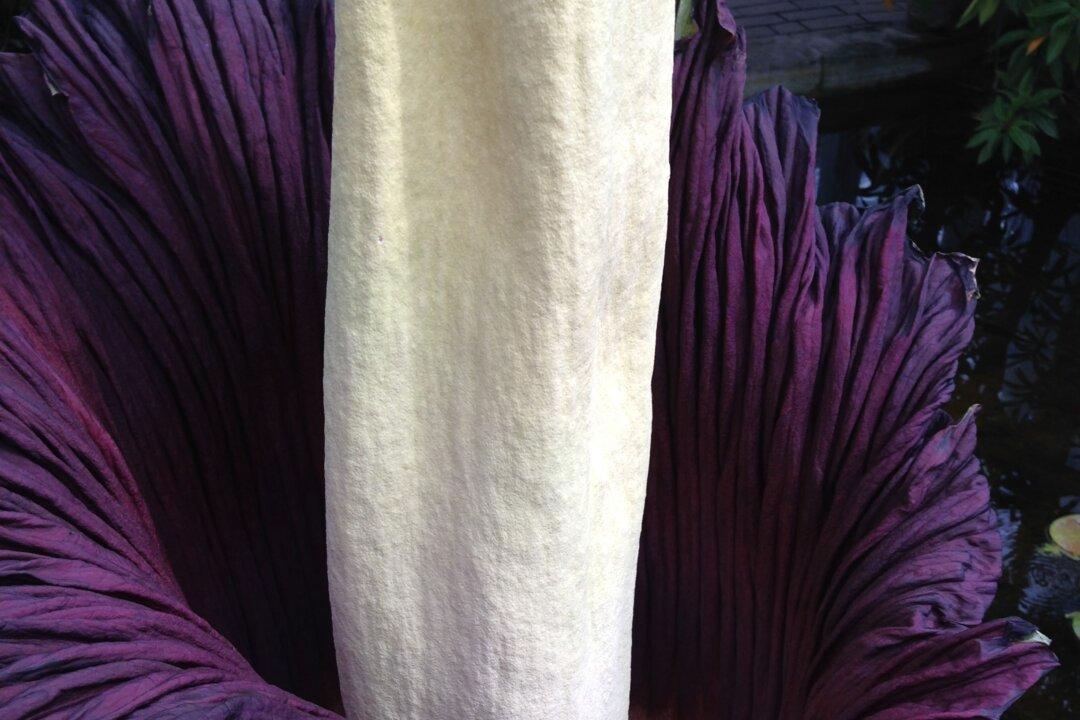By happy coincidence and far from its native home of western Sumatra in Indonesia, titan arum, the world’s smelliest bloom, flowered at Paignton Zoo in Devon, England, and at the Royal Botanic Gardens in Edinburgh, Scotland. It’s a rare event, but not to be outdone, in New York, Cornell University’s titan arum has also been showing off.
While in a recent study researchers identified the enzyme that plays a key role in producing the sweet fragrance found in roses, titan arum—or Amorphophallus titanum to give it its Latin name—is famed for a very different type of smell: that of rotting flesh. As one witness in Edinburgh put it, “At its peak in the glasshouse it actually made our eyes water.”
READ MORE
